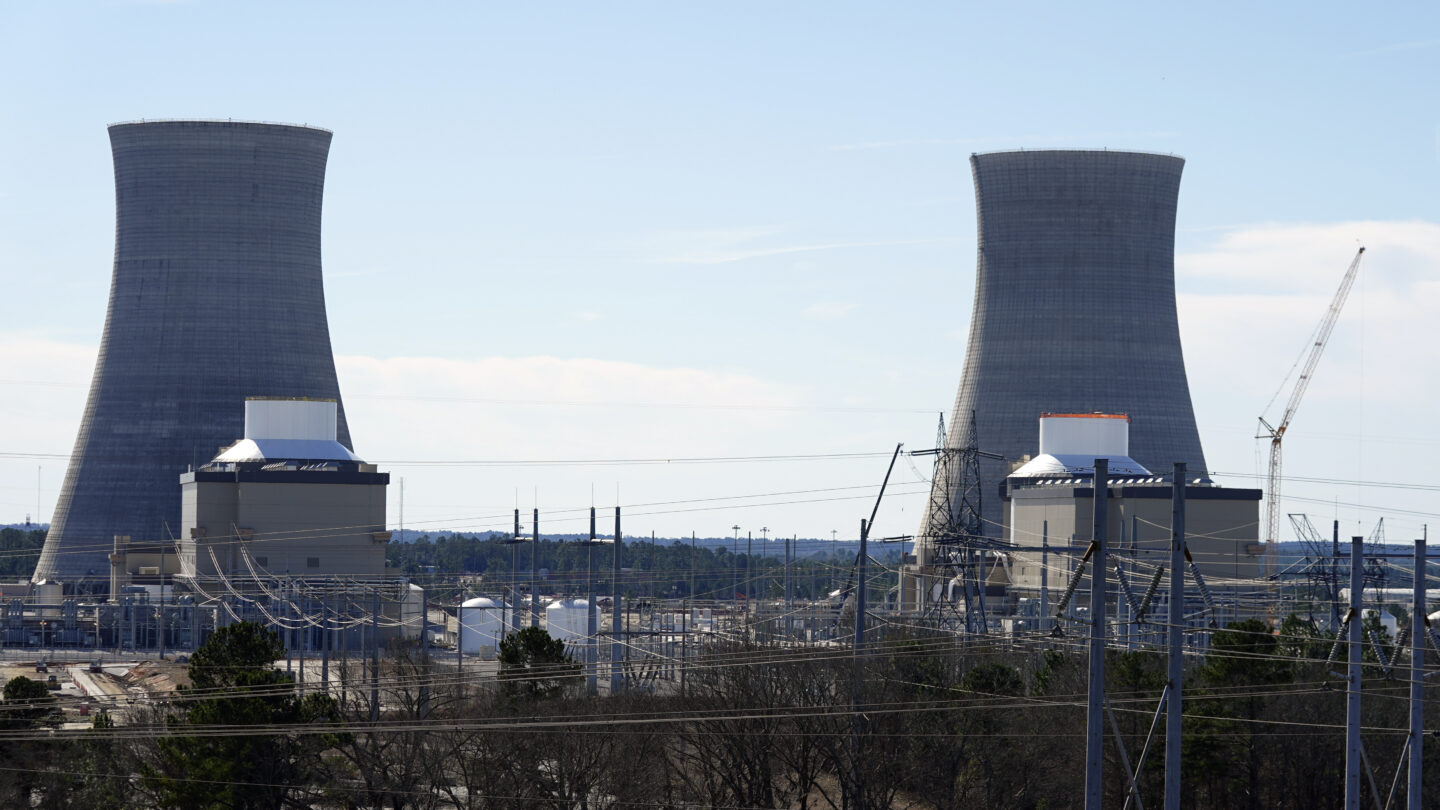Georgia Power Co. announced a deal with regulatory staff to build and buy more electrical generation ahead of schedule on Wednesday, pledging that the deal will reduce rates for existing customers.
“We expect the revenues associated with energy sales to incremental large load customers will put downward pressure on rates for all customers,” Aaron Abramovitz, Georgia Power’s chief financial officer, testified Wednesday before the Georgia Public Service Commission.
But environmentalists and customer advocates questioned a plan that would let the unit of Atlanta-based Southern Co. buy power and build new fossil fuel plants without going through a competitive process. Using those sources would mean that Georgia Power emits more climate-altering carbon dioxide than using solar generation, other renewable sources and conservation.
“This is a fossil fuel bonanza that skips the regulatory processes in place to protect billpayers,” Jennifer Whitfield, an attorney with the Southern Environmental Law Center, said in a statement. “Not only is expanding dirty, and unpredictably priced fossil fuels on the table, this agreement would allow Georgia Power to bypass important steps to protect its customers from rising energy bills.”
The five-member elected commission is scheduled to vote on the plan on April 16. Commissioners don’t have to accept the settlement agreement between Georgia Power and their own staff, but such agreements are highly influential.
The company pledged that it would credit $615 million a year in revenue toward future rate calculations in 2029 and later, even if all the new customers the company forecasts don’t sign up. Abramovitz testified that, if nothing else changes, that amount of money could cut rates for a typical residential customer by 1.6%, or $2.89 a month.
That would be a welcome relief for Georgia Power customers, who have seen their bills rise sharply in recent years because higher natural gas costs and rate increases associated with construction projects including two new nuclear reactors at Plant Vogtle near Augusta. A typical Georgia Power residential customer now pays an average of about $157 a month, including taxes.
No rates would change as a result of the deal until 2026.
Commissioner Tim Echols, a Republican, suggested that financial guarantee was “like money in the bank against a possible rate increase. But Abramovitz acknowledged under questioning that the utility could still ask for a rate increase, saying “there are other costs associated with serving our customers and the rest of our business.”
The request for more generation capacity is unusual because Georgia regulators usually consider those needs on a three-year cycle, with the next integrated resource plan scheduled to be considered next year. But the company says that many new users, including computer data centers, are seeking power that it needs more generation immediately. Abramovitz said in testimony that 6,200 megawatts of additional demand have signed up in recent years. That’s almost three times the capacity of the two new Vogtle reactors.
The deal outlined Wednesday would let Georgia Power contract for generation from a natural gas plant in Pace, Florida, and from Mississippi Power Co., a Southern Co. corporate sibling. Georgia Power would also be approved to build three new combustion turbines at Plant Yates near Newnan that could burn natural gas or oil. However, the company agreed it wouldn’t seek to charge for cost overruns for the turbines unless the overruns are caused by a natural disaster or other items outside the company’s “reasonable control.”
Under the deal, Georgia Power agrees that in 2024 and 2025 it won’t charge customers if it can’t resell surplus electricity from the Florida or Mississippi plants, and won’t collect an additional profit from customers atop what it pays to buy the power.
Georgia Power also agreed that it would seek bids for 500 megawatts of solar generation with battery storage that would come online in late 2027, instead of seeking to build and own all the generation itself. The company would build and own 500 megawatts of battery solar projects at Robins and Moody Air Force Bases.









